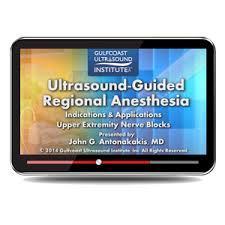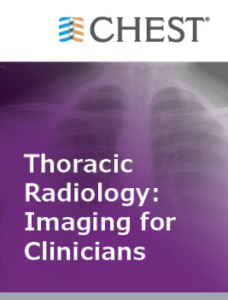Emergency Radiology: Insights from Radiology’s Front Line 2024 This course will review emergency imaging of children and adults, covering the head and neck, chest, abdomen, and extremities, and emphasizing trauma, both blunt and penetrating. Experts will also expand on the unique niche of the Emergency Radiologist, how divisions of Emergency Radiology are organized within Academic Medical Centers today, and how someone can train to become an Emergency Radiologist.
Learning Outcomes and Modules
After completing this course, the learner should be able to:
- Understand the unique role of the new subspecialty of Emergency Radiology, including how academic divisions of Emergency Radiology are organized within their respective departments and fellowship training in Emergency Radiology.
- Gain an understanding of the spectrum of pediatric head & neck emergency imaging.
- Understand the key elements of thoracic and abdominal trauma (blunt and penetrating).
- Understand the key elements of musculoskeletal trauma (appendicular skeleton).
Module 1
- Emergency Radiology: A New and Distinct Subspecialty —Michael A. Bruno, MD
- The ED Section In the Context of the Academic Radiology Dept.—Melissa A. Davis, MD
- Fellowship Training in Emergency Radiology—Claire K. Sandstrom, MD
- Pediatric Head & Neck Emergency Imaging—Karuna V. Shekdar, MD
Module 2
- Musculoskeletal Trauma (appendicular skeleton)—Eric A. Walker, MD, MHA
- Thoracic Trauma—Jason Teitelbaum, MD, MBA
- Abdominal Trauma (blunt and penetrating)—Vincent Michael Mellnick, MD












